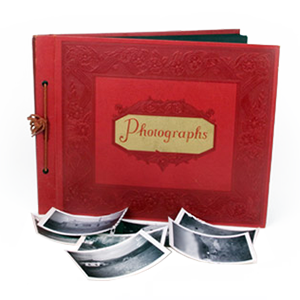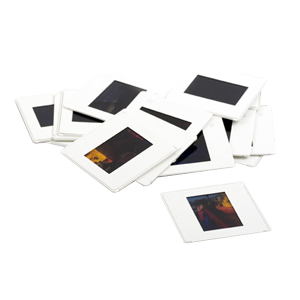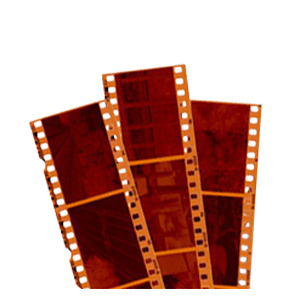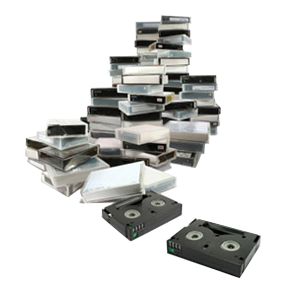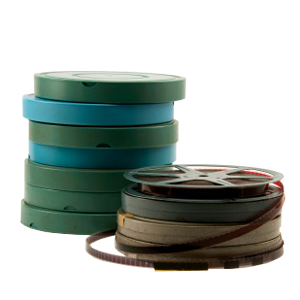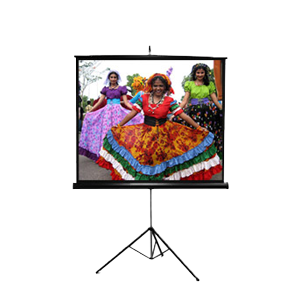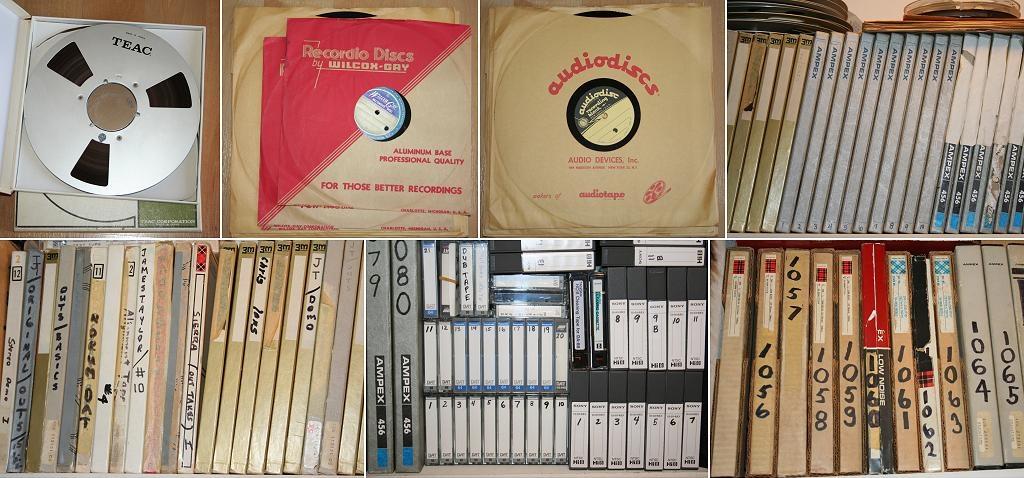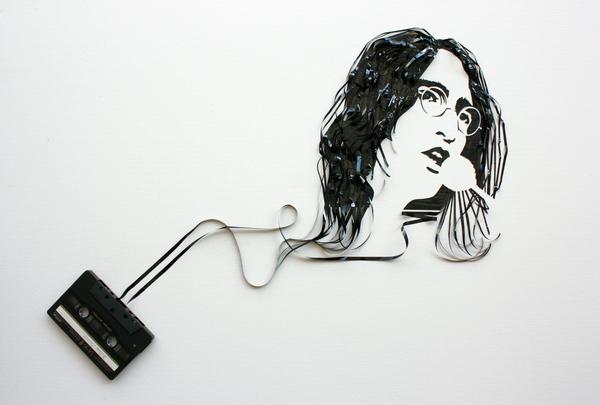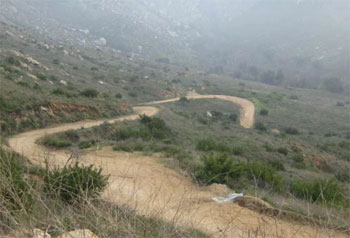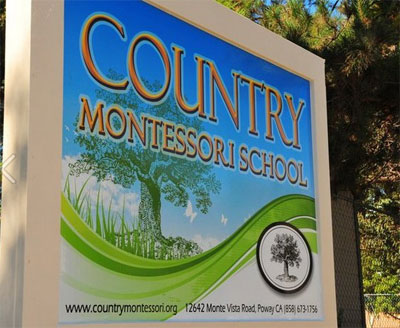Finally getting around to scanning your whole box of photographs can be a daunting task, and not something one thinks about on a regular basis. Usually, the only time we think about digitizing our collection of photos is when we trip over them looking for other things. The box of photos, stuffed in the corner in the closet, doesn’t get much viewing time these days due to the work and potential mess involved.
What if there was an extremely easy way to enjoy all of your photos, without taking up a lot of room? Our San Diego photo scanning services can transform your box of photos into a DVD containing all of your images in a digital format. We can scan your still images at up to 600 DPI, and even provide image enhancement and restoration services to your photos to make them look as good as new. Once your photos have been scanned on our premium flatbed scanners, you even have the option to throw them into a digital slideshow that you can set to music and share with your friends online!
Some of the advantages of DVD Your Memories photo scanning services include:
-All photos transferred to 100 year archival DVDs, or onto your personal hard drive.
-All photos are scanned on premium flat-bed scanners. We never use document scanners which can leave streaks in the final images.
-All scanning is done in house, locally in our San Diego office.
-Your images will all be properly rotated and cropped.
-We can divide your photos up into custom folder and file naming structures.
-Custom on-disc labeling
–Large format photo scanning, photo album scanning and scrapbook scanning also available.
To book an appointment, contact us today!



